Come walk with us where Dinosaurs roamed. When you stand at the "look-out” on Spitskop & gaze around it is not difficult to imagine huge Dinosaurs feeding in the fertile valley below. Close your eyes & listen to the ghosts of the past, they were nearby, evidence proves that, so surely they were here too. And, during your visit, why not spend some time, even take a picnic up on the mountain...
Food for Honeybees - From Our Conservancy
Some years ago we decided that since Amohela ho Spitskop is not only a Country Retreat but also a Sanctuary and a Conservancy we should help our wild Honeybees with a feeding project, especially during the cold winter months.
We are all becoming aware of the serious problems besetting our Honeybee populations worldwide, with agricultural spraying of poisons, cellphone interference, lack of food source and general pollution. There are also dire warnings for our planet if the bees no longer pollinate our food sources. Some years ago Jenny suggested that since Amohela ho Spitskop is not only a Country Retreat but also a Sanctuary and a Conservancy we should help our wild Honeybees with a feeding project, especially during the cold winter months. After much “Googling” she found a group in Texas, where they too were struggling with serious drought problems, who were also feeding wild bees and they were happy to share their experiences, what worked, what failed, and had found a happy medium where feeding wild bees was successful. There are several large swarms of wild bees living on Spitskop and so we decided to try. Initially we made many mistakes until we settled upon the present method, particularly with water, the depth and placement of water.
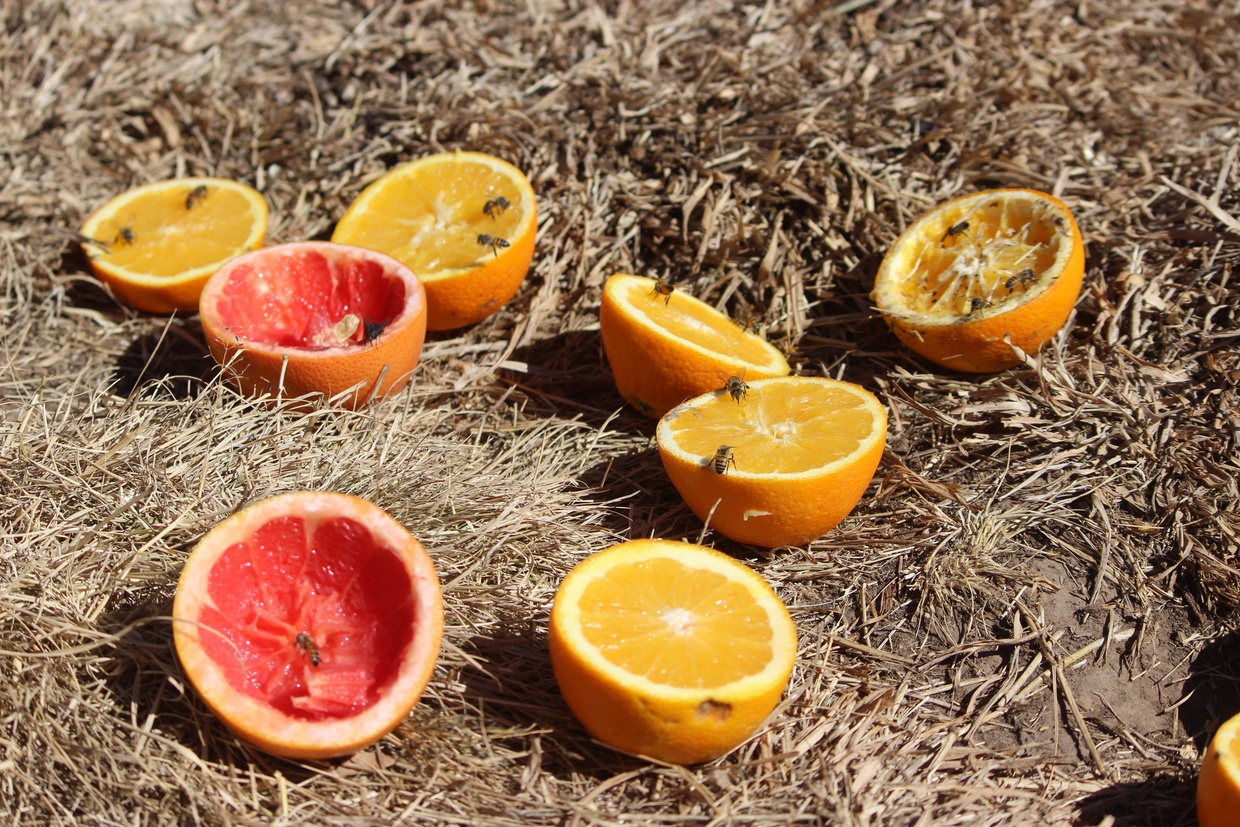
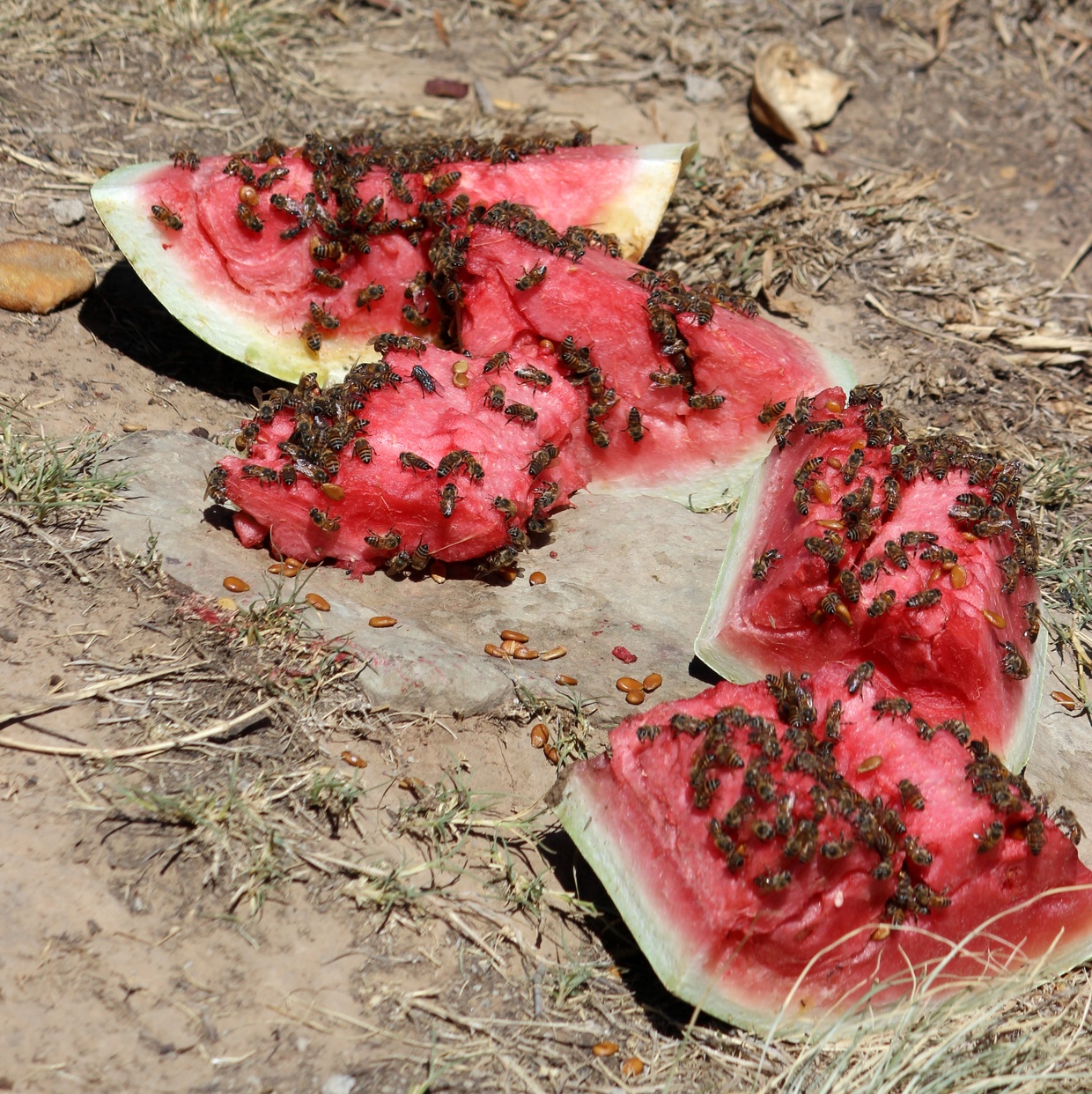
We now buy bags of oranges in season in the winter and over-ripe watermelons and other fruit in summer and put these out in a demarcated place on the slope of Spitskop and this has really worked well, along with fresh water in an old cut down bath with lots of rocks placed in the bottom to aid any bees who fall in the water, which they seem to constantly do. The worker Honeybees (Apis mellifera) arrive in their numbers, sometimes hundreds, and settle to feed on the fruit. In no time at all they have cleaned the oranges to a smooth empty shell.
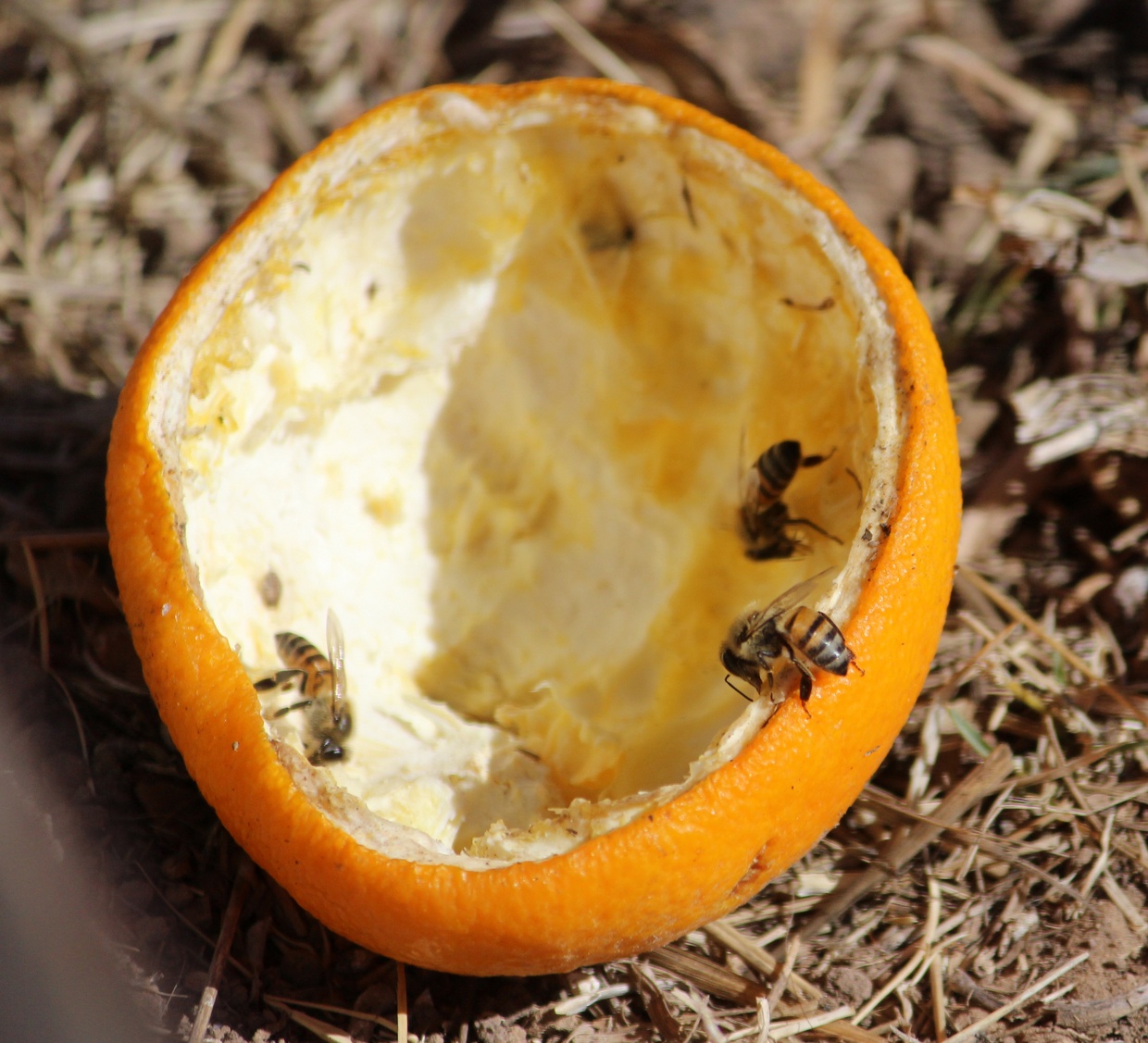
Despite being covered in bees at times, I have never been stung or encountered an angry bee!! Clearly they appreciate the effort. Bees are truly amazing creatures and are deserving of our attention and care. In his marvelous book “Insectlopedia” Erik Holm explains how bees communicate, navigate and find a food source and we are thrilled to see how successful this has become. For such a small amount of effort it is rewarding to see healthy bees and their numbers are increasing.
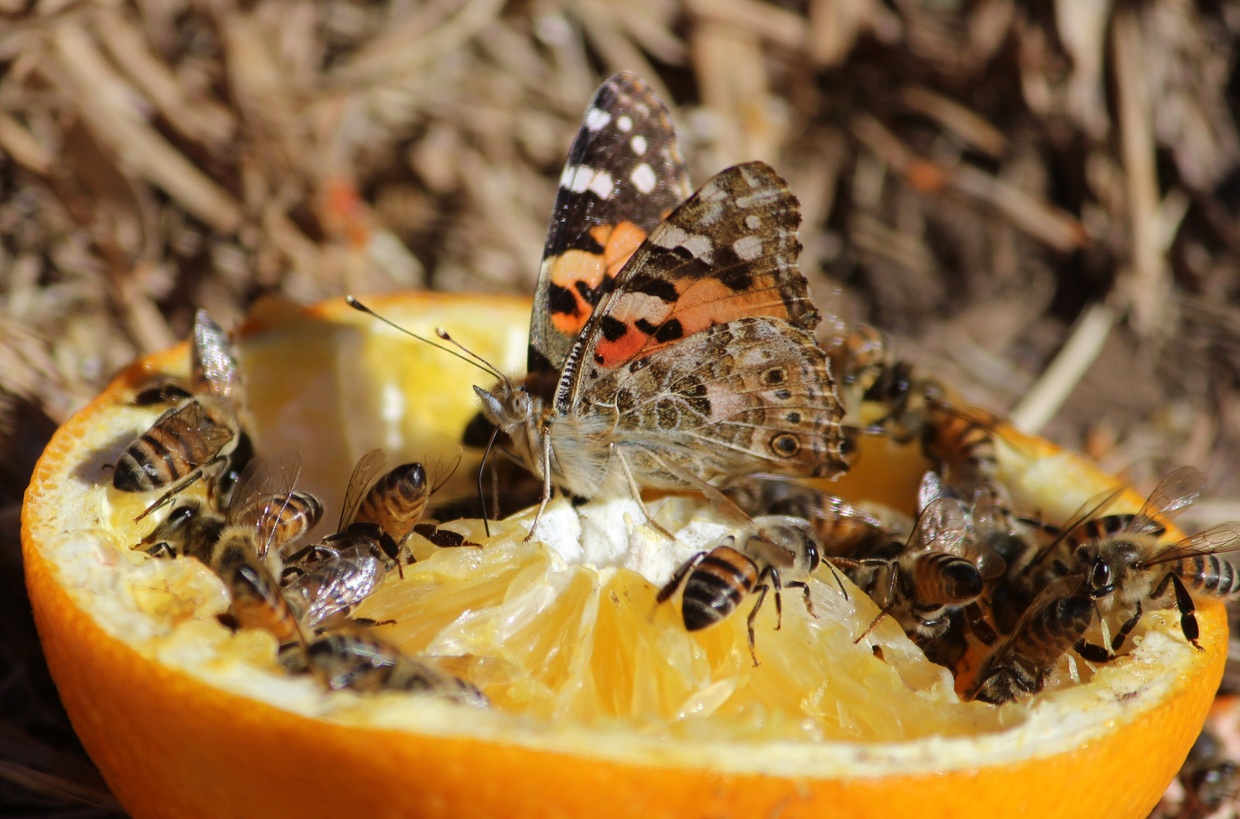
Today I found a “Painted Lady” (Vanessa cardui) butterfly feeding peacefully amongst the bees, with no aggression or dispute they were all apparently happy with each other. Few creatures or birds will venture into a bee colony when it is feeding and so this was really quite interesting. Here at Amohela ho Spitskop we have also planted several winter flowering shrubs, trees and flowers in an effort to provide a further source of food, not only for bees but birds also. So with a little bit of research it is possible to find something suitable for all areas of South Africa.
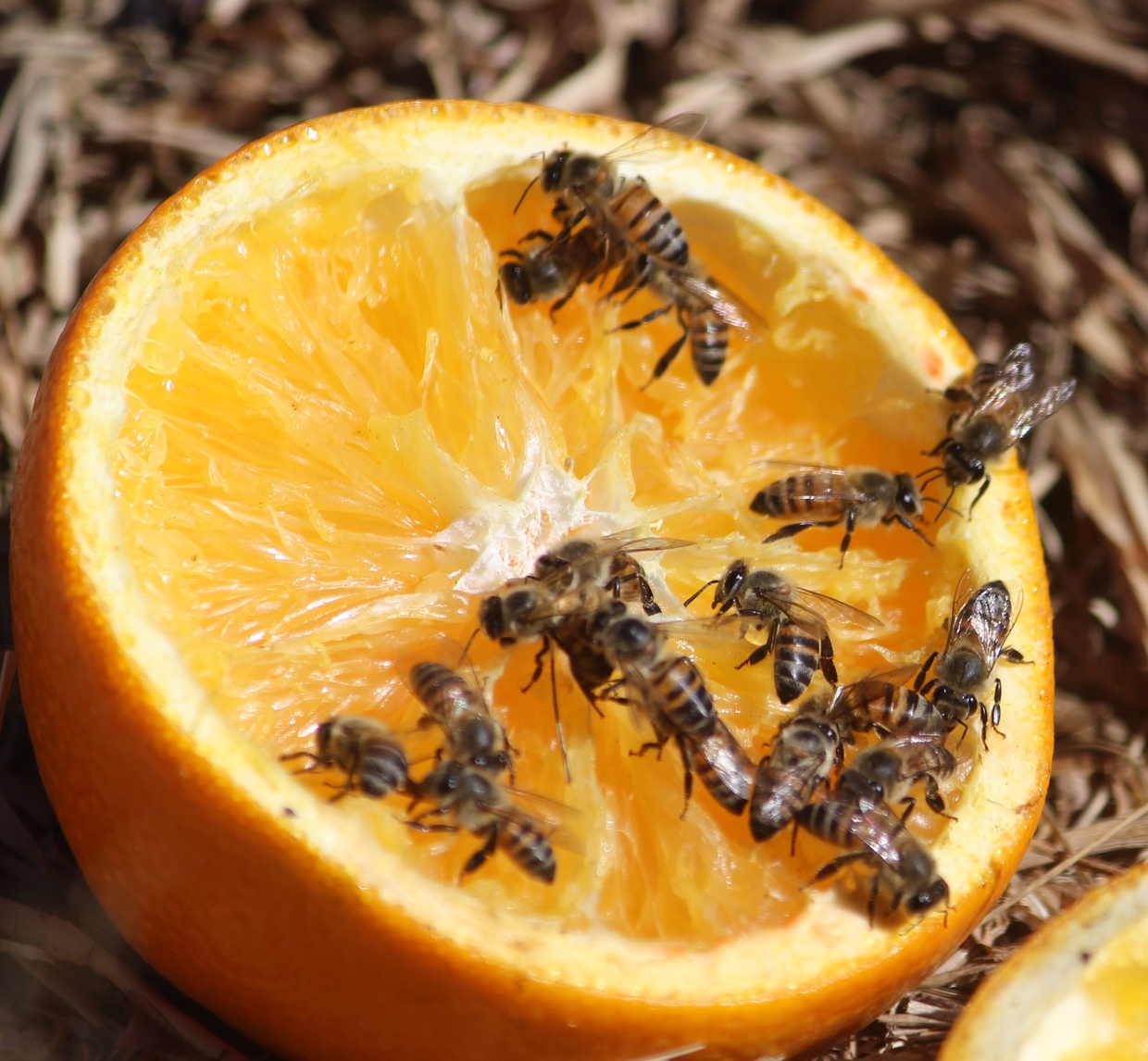
Just remember that it may take a little while for the bees to find your offerings but rest assured they will, and your efforts will be rewarded by the bees when they later pollinate the vegetable plants, flowers and trees in your garden.
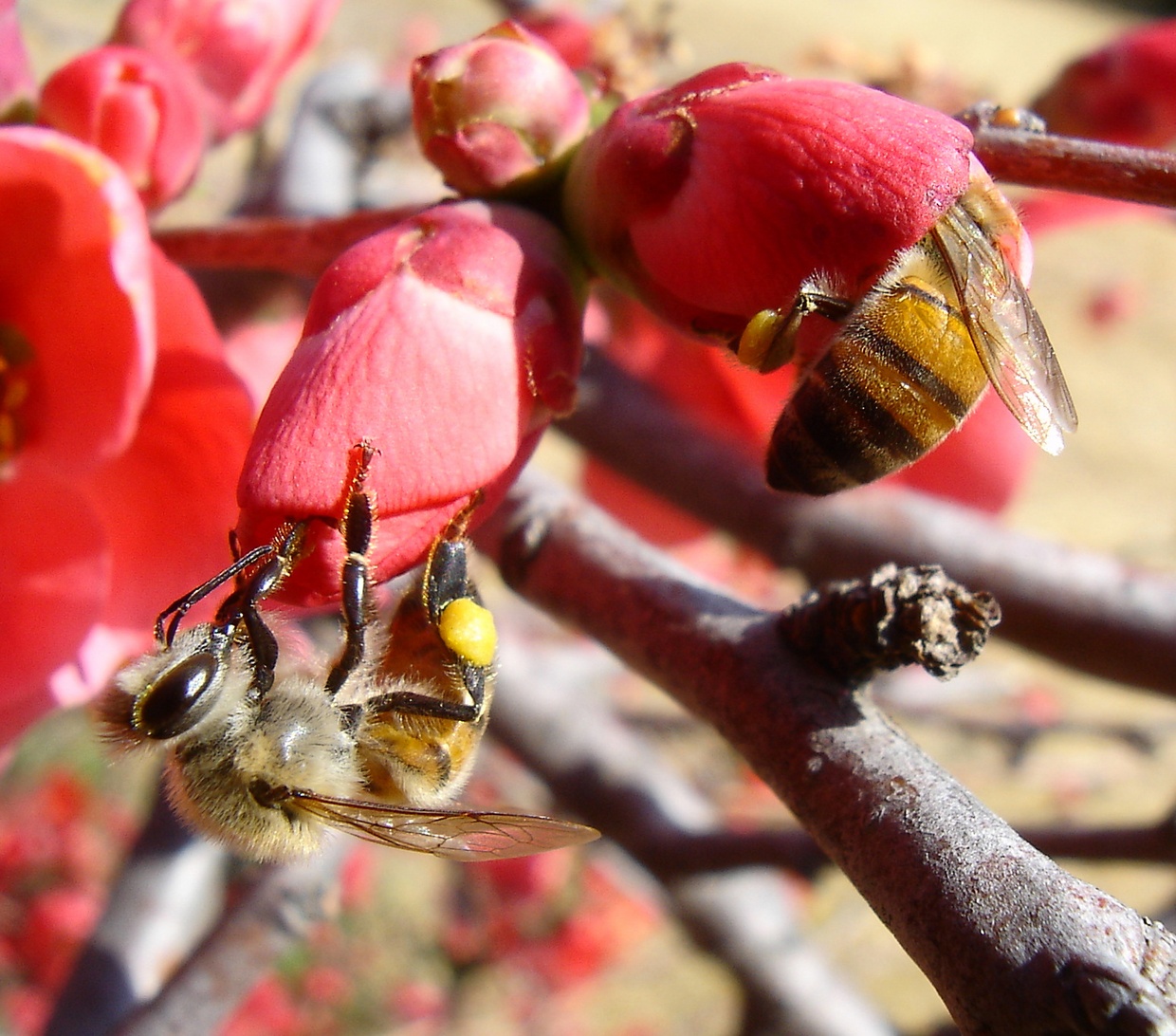
Text and Pictures: Allen Jones
Further Reading
Looking for a getaway with views to rival anything you have ever seen, a place so awesomely quiet you can hear the air speak, with views so vast it takes your breath away? With spacious accommodation, remote yet accessible, private, secluded, well appointed? We have that here at Amohela ho Spitskop Country Retreat & Conservancy in the Eastern Free State Highlands. Only 1 ½ hours from Bloemfontein and 3 ½ hours from...
The white stork ciconia ciconia, that beautiful soaring bird of myth and fable, one of our absolute favourite birds here at Amohela ho Spitskop, and we await their arrival from Europe each year with excitement and anticipation. However a prolonged drought with very little rainfall here in the Eastern Free State seemed that, for the first time in many years, we would not be visited by any White Storks this year when...
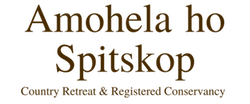
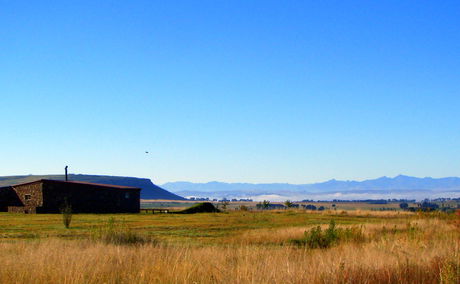
Share This Post